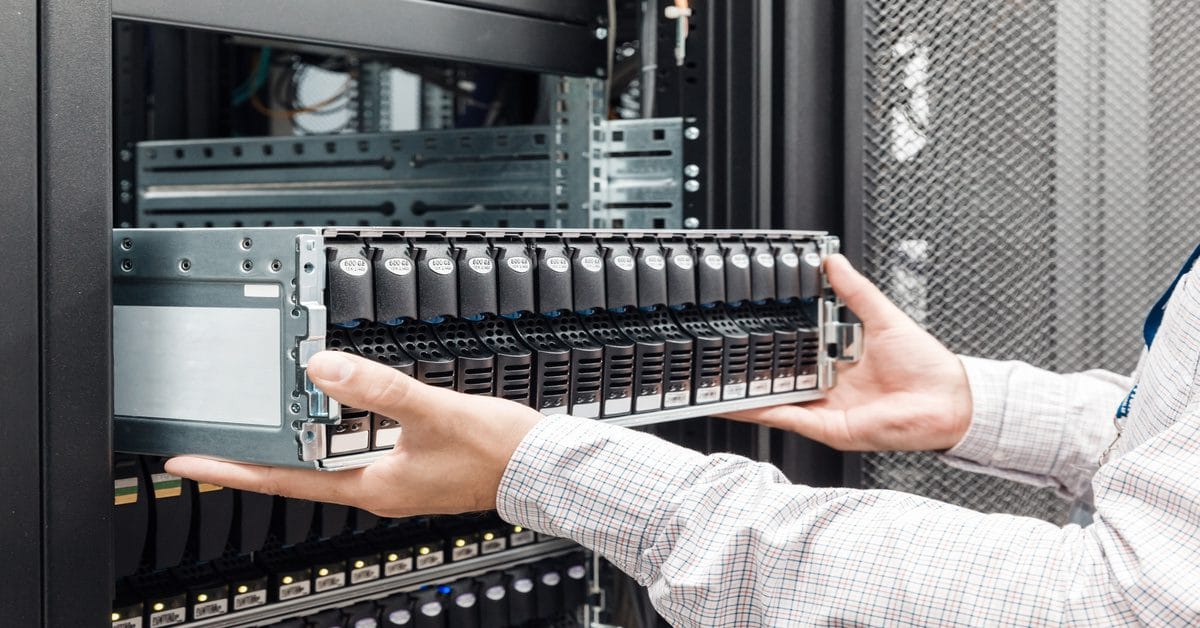
Selecting the right server rack enclosure can impact your data center’s efficiency, scalability, and compliance. Each type offers distinct advantages for cooling, accessibility, and security. We’ll compare configurations in this overview of different server rack enclosure types so you can choose one that aligns with your goals.
Open Frame Racks vs. Enclosed Cabinets
Open frame racks provide maximum airflow and accessibility, so they’re ideal for environments where cooling efficiency is paramount. These racks allow unrestricted access to equipment, simplifying installation and maintenance procedures. However, they offer minimal physical security and dust protection.
Enclosed cabinets, by contrast, deliver stronger security and environmental protection. They feature lockable doors and side panels that shield sensitive equipment from unauthorized access and airborne contaminants. Many enclosed cabinets incorporate ventilation systems and cable management features that support effective thermal management strategies.
Wall-Mount Enclosures for Space Optimization
Wall-mount enclosures serve facilities with limited floor space or distributed network architectures. These compact solutions mount directly to structural walls, freeing valuable floor area while maintaining equipment accessibility. They typically accommodate 8U to 27U configurations, making them suitable for network switches, patch panels, and small server deployments.
Consider these factors when specifying wall-mount enclosures:
- The load-bearing capacity of the mounting surface
- Depth requirements for installed equipment
- Front and side access for maintenance
- Cable routing and management provisions
- Ventilation requirements for heat dissipation
Two-Post and Four-Post Rack Configurations
Two-post racks support network equipment and lightweight servers that mount via front flanges. These configurations maximize equipment density in telecommunications applications where depth requirements are minimal. They facilitate rapid deployment and reconfiguration while maintaining cost efficiency.
Four-post racks provide comprehensive support for heavy servers and storage arrays. The additional rear mounting rails distribute weight across all four posts, accommodating equipment with deeper chassis dimensions. This configuration proves essential for enterprise servers, blade systems, and equipment requiring front-to-back stability during operation and maintenance.
Selecting the Right Configuration
No single server rack enclosure fits every application. Your selection should account for equipment specifications, cooling requirements, security needs, and growth projections spanning your technology cycle.
ISO9001-certified enclosures ensure compliance with technical standards while integrating smoothly with existing systems. Custom configurations allow you to tailor rack specifications to meet precise spatial constraints and operational parameters.
Ready to optimize your data center infrastructure? Contact AMCO Enclosures to discuss how different server rack enclosure types can support your current requirements and future scalability goals.
